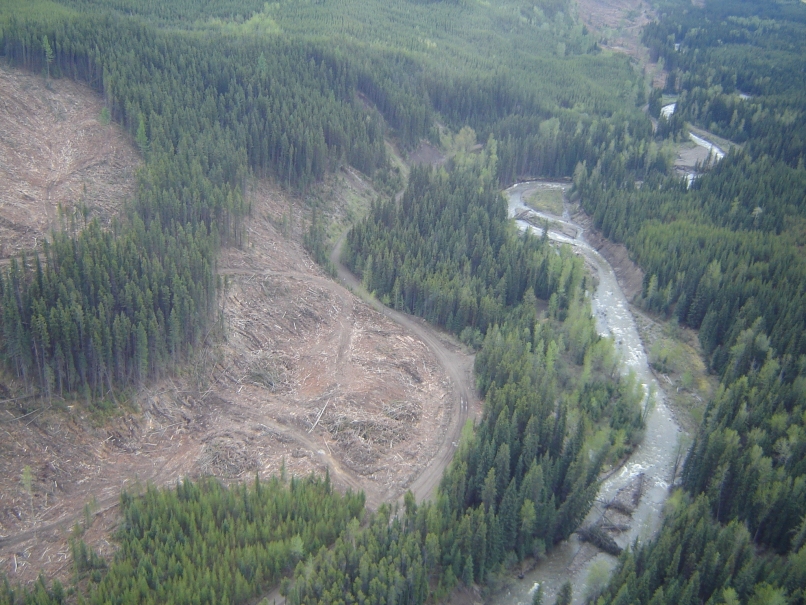Protection of water quality and fish habitat are two of the forest management objectives identified in the Private Managed Forest Land Act. The Private Managed Forest Land Council Regulation (Council Regulation) provides clear requirements for owners, contractors, employees, and agents who carry out road construction, timber harvesting, and other operational activities near streams, to achieve these objectives.
The first step in determining the regulatory requirements around streams is to determine stream riparian class. Riparian classes are based on three factors:
- stream channel width
- fish presence/ absence
- existence/ distance to a licensed waterworks intake (LWI)
Stream riparian classes are defined in the Council Regulation Schedule. In addition, Council has a policy on classifying streams upstream of a LWI to describe stream classification either within 1,000 metres or more than 1,000 metres upstream of the LWI. Links to the regulation and policy are below.
Key Points:
- Streams or portions of streams that support fish are riparian class A, B, C, or D depending on channel width. Council has determined that the same applies to non-fish streams or portions of streams within 1,000 metres upstream of a LWI.
- Non-fish streams with stream channel width of 1.5 metres or wider that flow directly into a class A, B, C, or D stream, are class E. Council has determined that this includes streams greater than 1,000 metres upstream of a LWI.
- Regulatory requirements including riparian tree retention are tied to stream classification. Managed Forest Owners must be aware of these regulatory requirements when planning for and carrying out a primary forest activity, including road construction, maintenance, or deactivation, timber harvesting, and silviculture treatments.
View the following for more information:
- Private Managed Forest Land legislation, including the Council Regulation
- Council Field Practices Policies & Procedures, including: Classifying Streams Upstream of a LWI and Measuring Tree Retention Beside Streams
- Direct link to Policy FPO-02: Classifying Streams Upstream of a LWI
- Council’s Field Practices Guide: In addition to details and examples of the stream classification process, the guide contains information on riparian tree retention requirements and stream protection requirements related to forest activities.
- iMapBC, a BC government web application that provides access to government data including the locations of drinking water intakes
- Previous blog post on water quality & fish habitat

